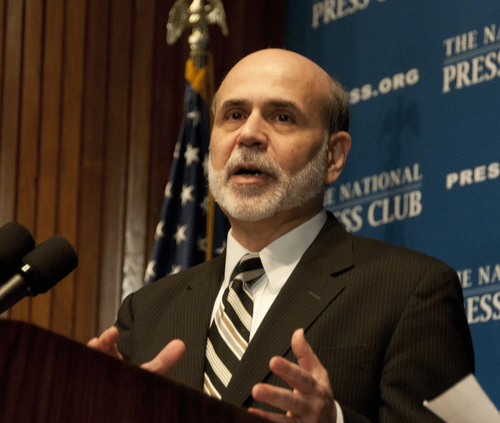As a business asset, reputation is often overlooked in favor of the more easily quantified components of a typical balance sheet. But reputation may be the most important factor in determining whether or not a consumer chooses a particular product or service. And although it may be difficult to put a number on reputation, it’s not impossible, as the latest survey by the Reputation Institute indicates.
As reported in Forbes, according to the survey of more than 30,000 consumers, Amazon.com is the most reputable large companies in the United States.
“Amazon is the most reputable company in the U.S. in 2011 because consumers believe that it stands for more than what it sells,” says Anthony Johndrow, managing partner at Reputation Institute. “Its enterprise-wide story engages consumers in more than just delivering innovative products and services, a trustworthy and ethical customer experience or strong financial performance. The whole really is greater than the sum of the parts with Amazon, and this holistic perception creates a meaningful connection between Amazon and consumers, resulting in an excellent reputation score.”
The Reputation Institute gauged reputation by measuring how people felt about 150 of the largest U.S. companies in the areas of trust, esteem, admiration and good feeling. From there they were able to create a “RepTrakPulse” score that went from 0 (the worst) to 100 (the best). Amazon’s 82.7 score was 1.3 points higher than the second place company Kraft Foods. The next four companies on the list–Johnson & Johnson, 3M, Kellogg’s and UPS–were the only other companies to score in the 80s.
On the other end of the spectrum, unsurprisingly, financial firms received some of the lowest scores. Freddie Mac’s 29.47 score put it at the bottom of the list with AIG, Fannie Mae, Goldman Sachs and Halliburton rounding out the bottom five. The highest charting insurer was State Farm, which was 48 on the list with a score of 72.7.
The following are the top 10 most reputable U.S. companies (the entire list can be found at the end of the Forbes article):
[TABLE=9]



